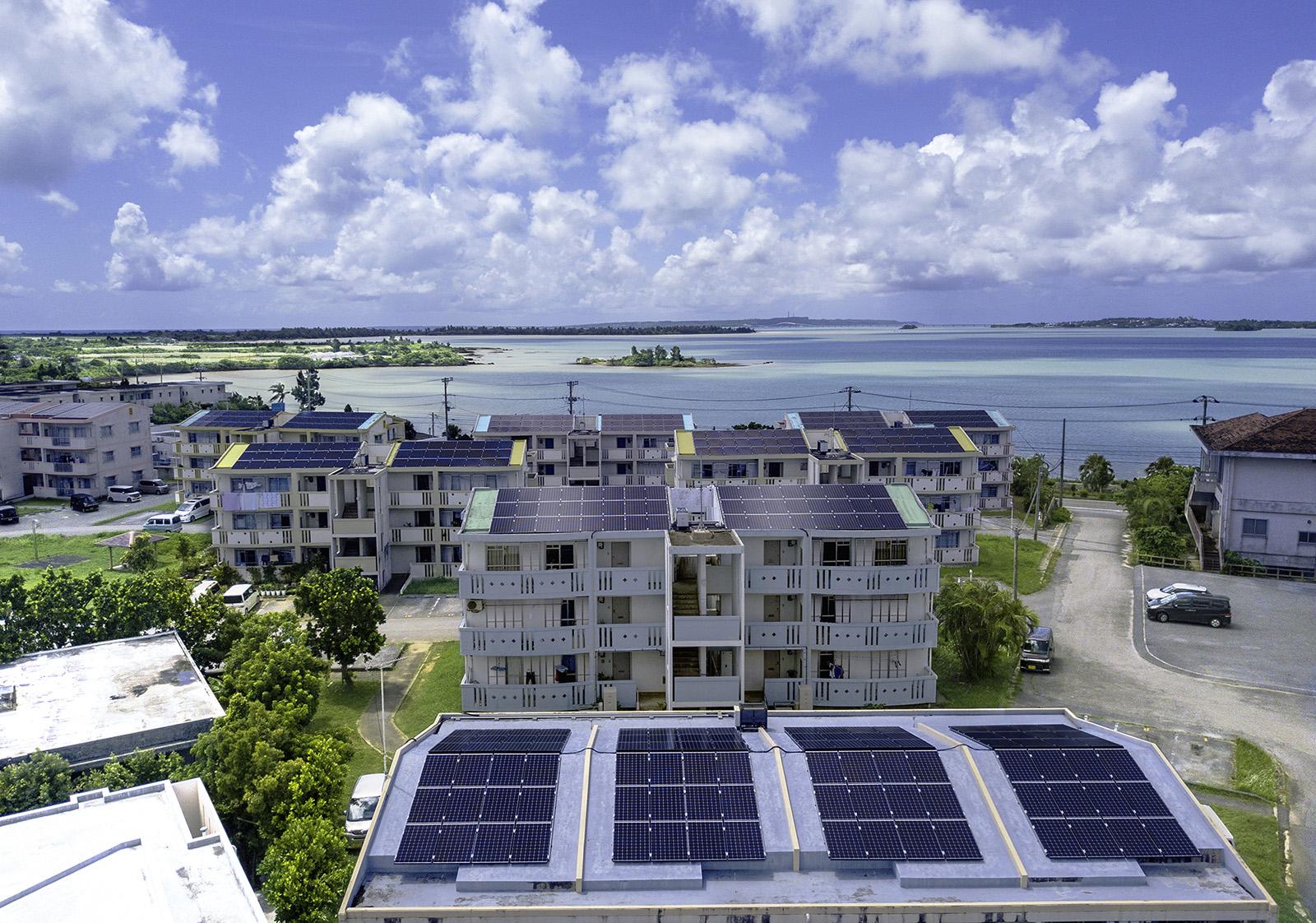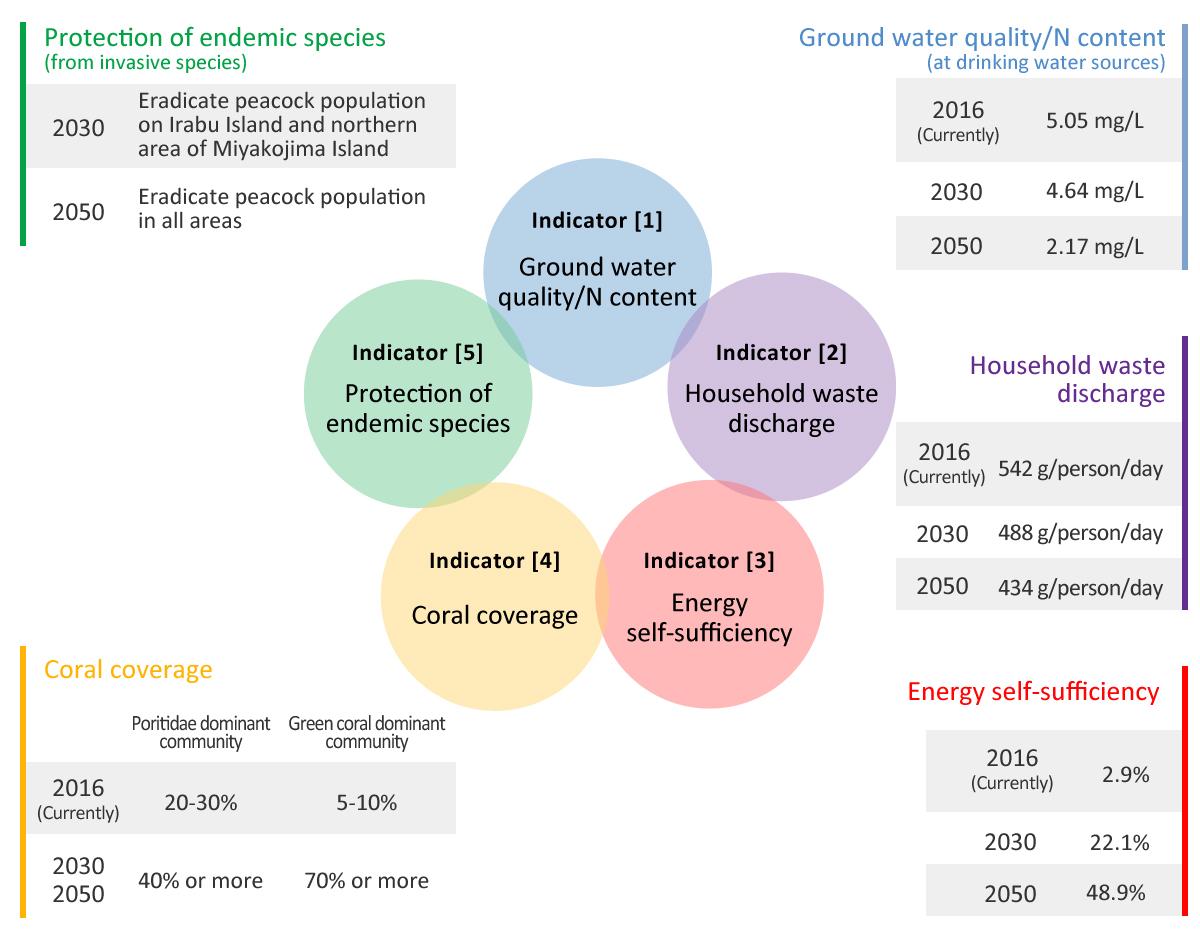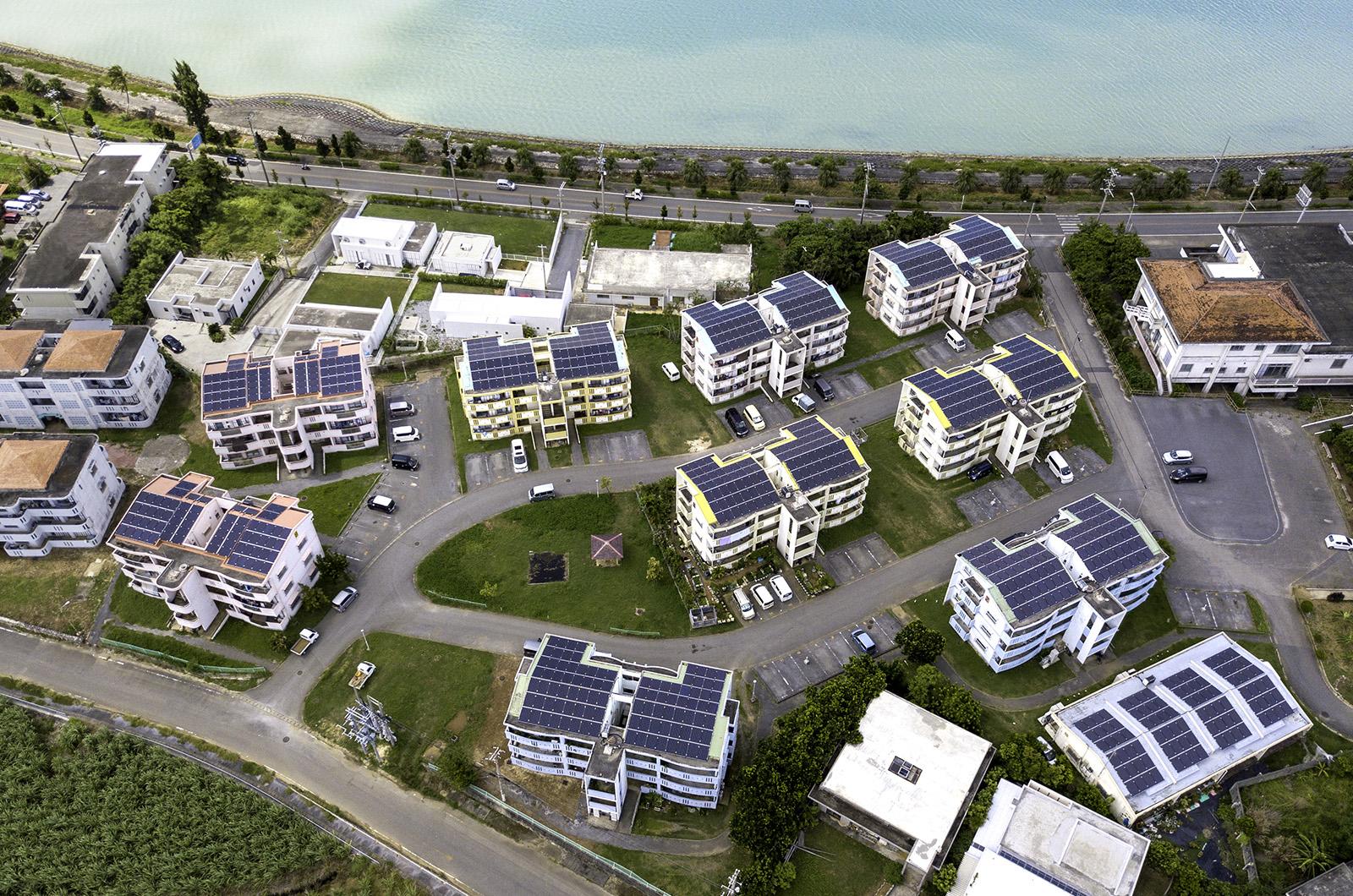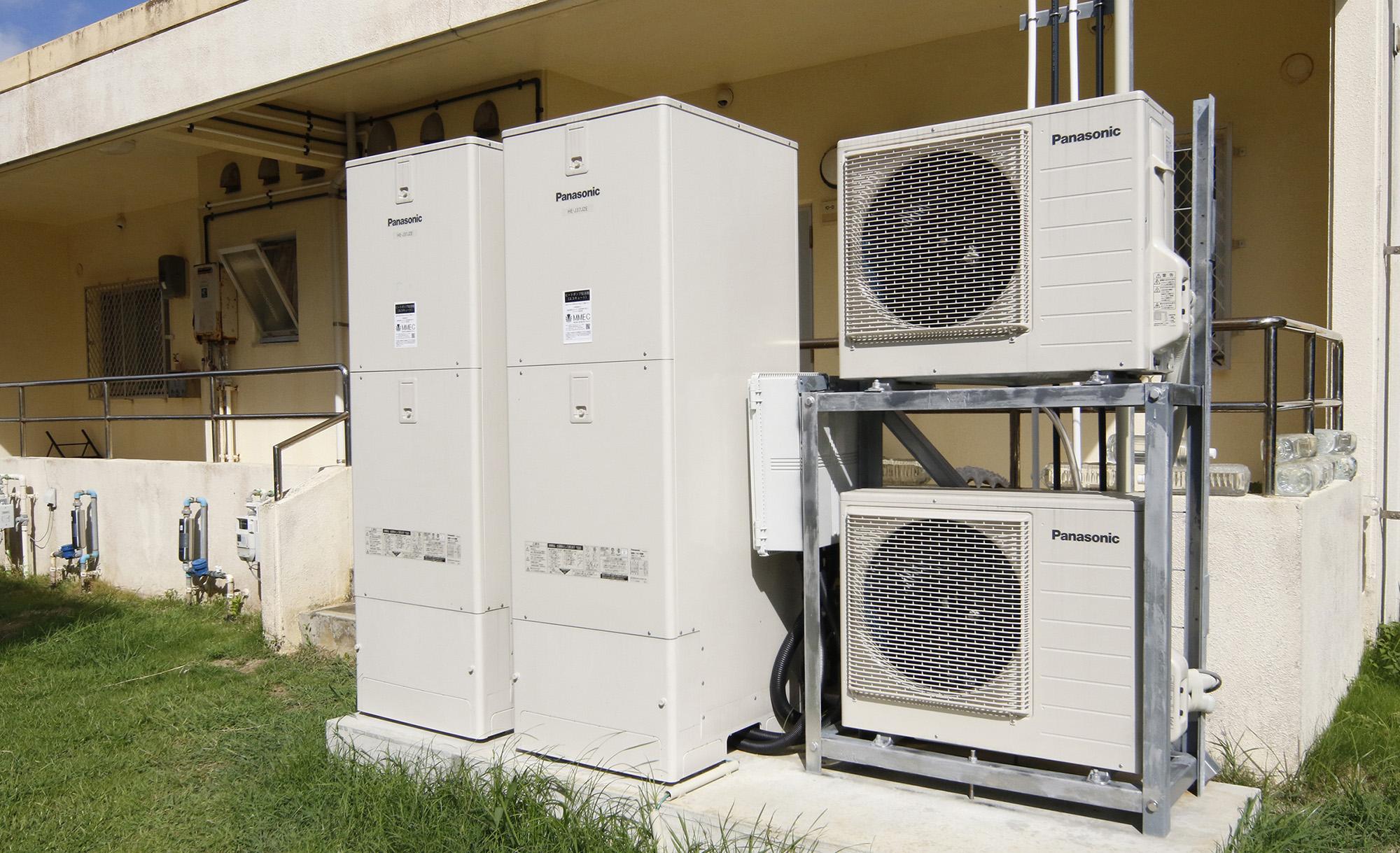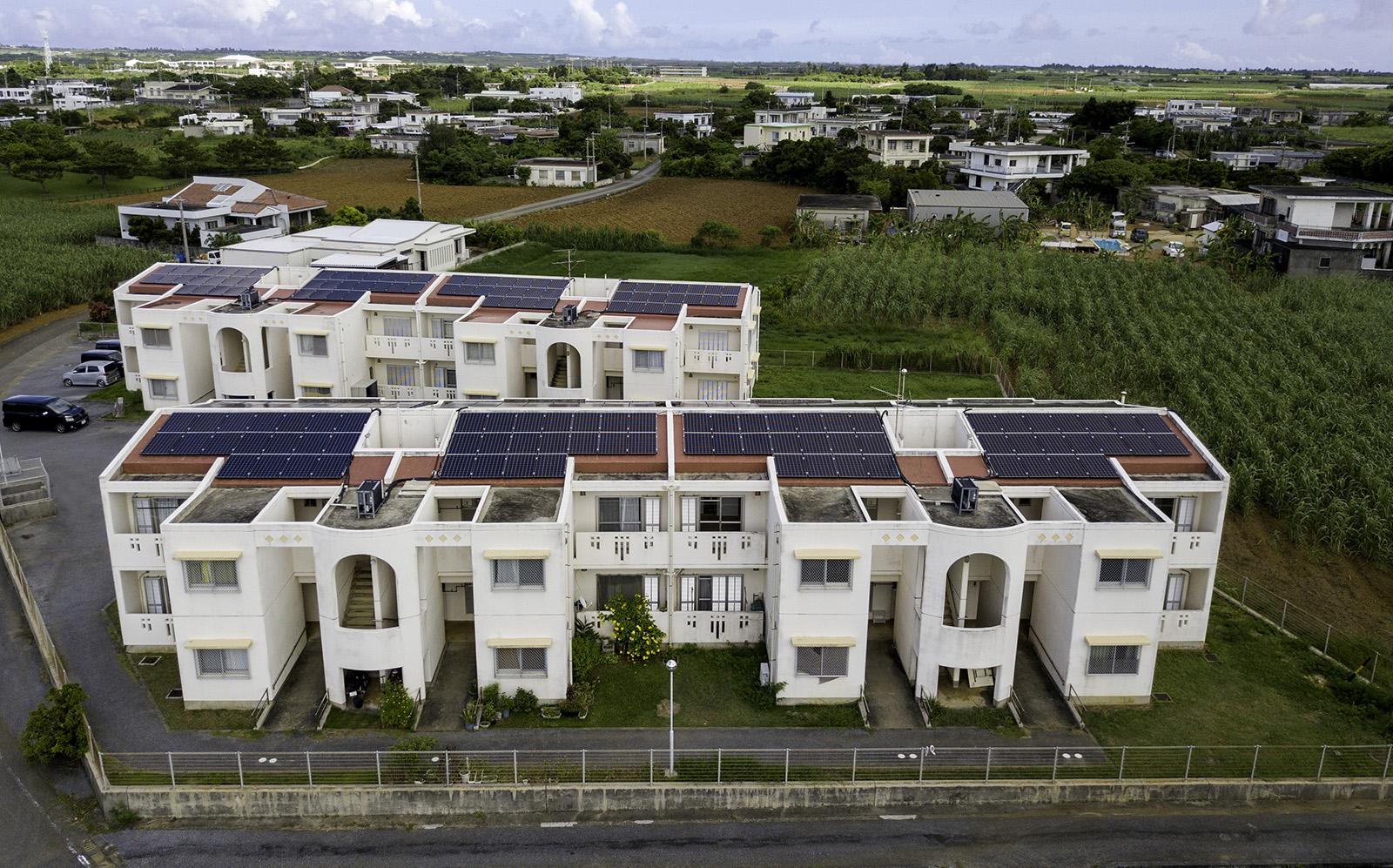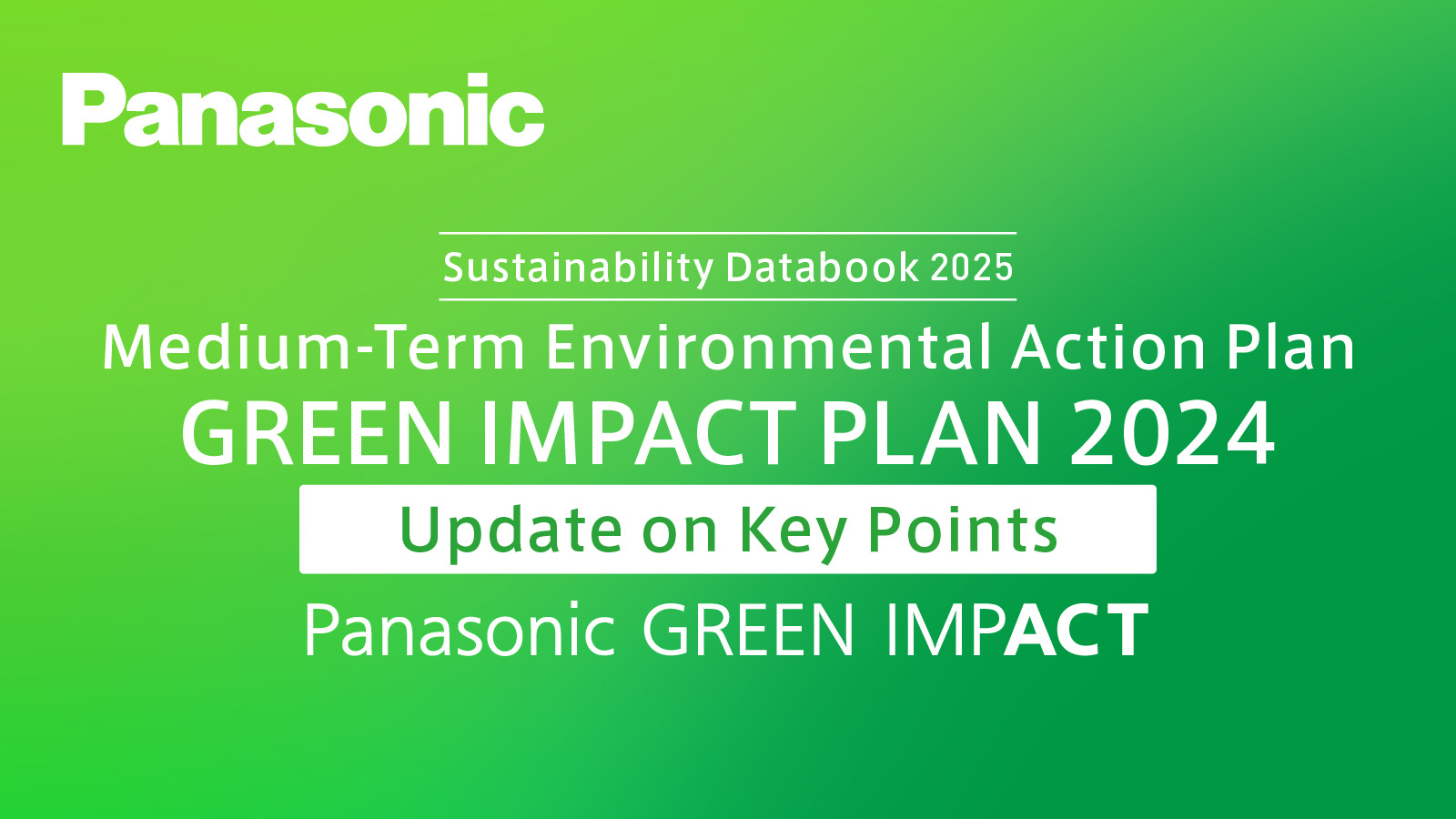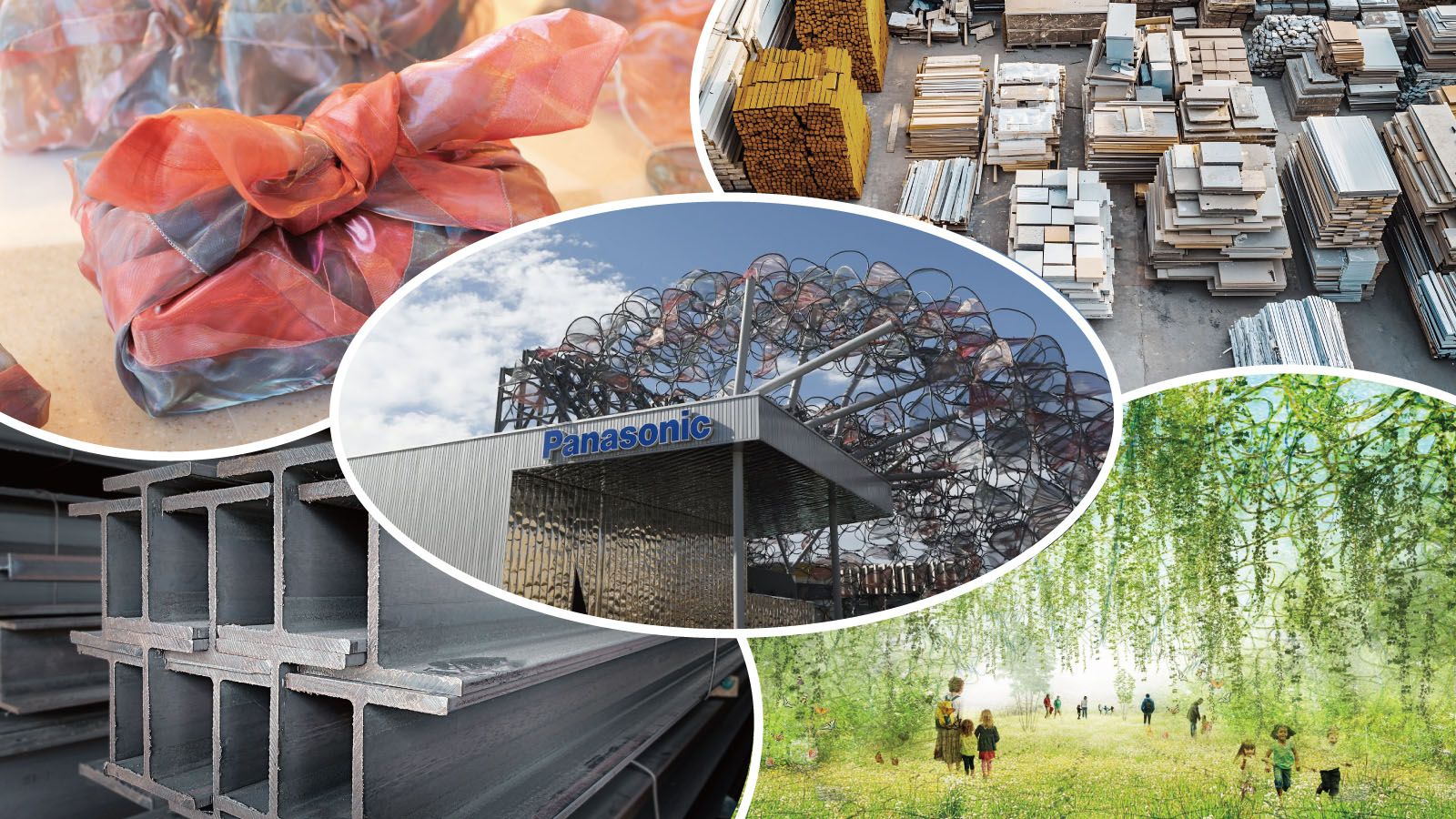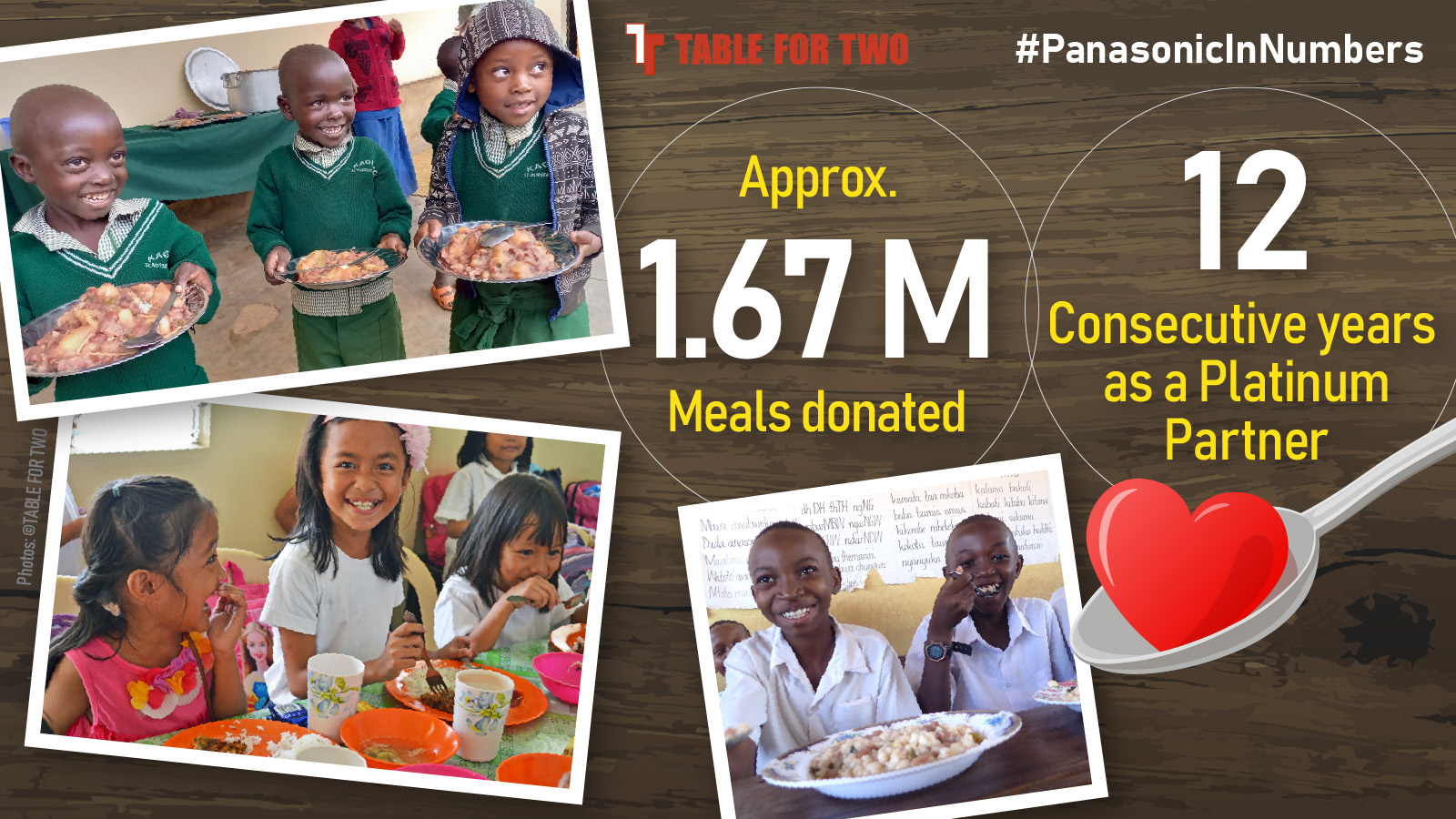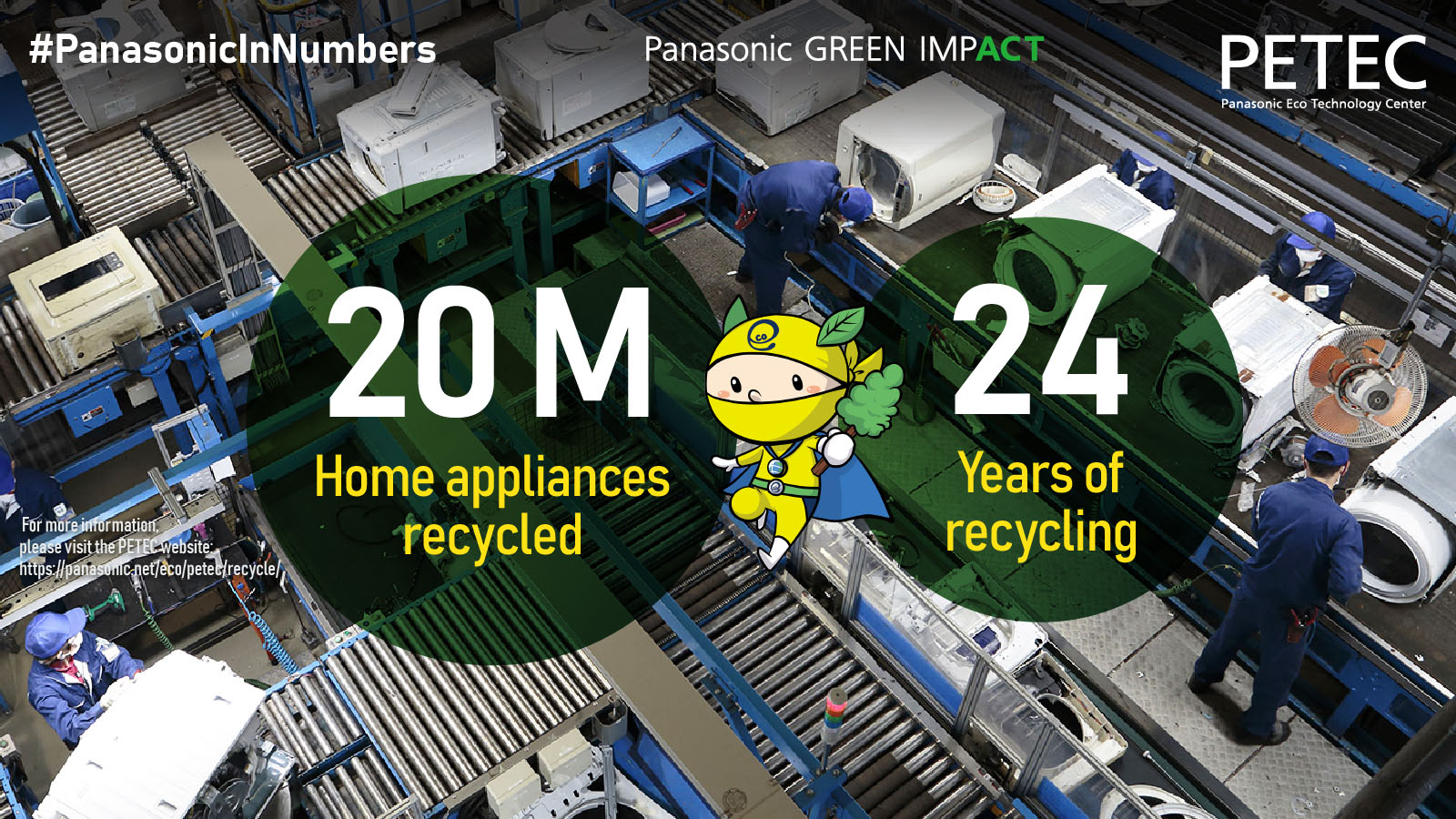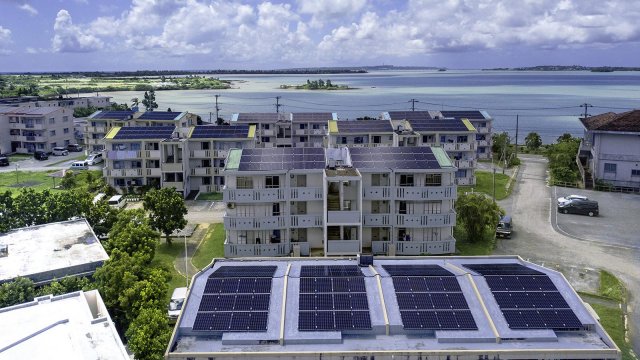
The island of Miyakojima is located some 300 km southwest of Okinawa, which puts it exactly halfway between Okinawa and Taiwan. Given its remote location, Miyakojima relies on fossil fuels from off the island for about 97% of its energy needs. Because of the precarious situation, a plan was concocted in March 2018 to supply about 50% of the island's energy demand with solar and wind power by 2050. With the plan's social implementation underway, a visit was made to Miyakojima to hear what those involved in the project are thinking.
Summary
- With energy self-sufficiency not even 3%, Miyakojima Island upgraded its eco-friendly declaration in 2018 and set bold targets of 22.1% for 2030 and 48.9% for 2050.
- With eyes on the future, a smart community verification project specific to island environments was started in Miyakojima City in 2011. But, the going was tough during the first 5 years that represented phase I.
- The course was changed in 2016 with the start of phase II. Solar panels and EcoCutes were installed in homes as part of a switch to decentralized control systems. The equipment was installed in public housing units in 2018 and gradually began showing an effect.
- The municipal government in Miyakojima City, a local energy company and Panasonic are the forces behind this joint public-private sector project that is committed to achieving bold targets.
A tropical paradise that aspires to be an eco-friendly island
The island of Miyakojima is administratively a part of Okinawa Prefecture. Surrounded by azure seas and garnished with a subtropical climate that produces an annual average temperature of 23.3 °C, it is looked at as a "tropical paradise in territorial Japan."
In 2008, the local government in Miyakojima City declared the island "eco-friendly" and began efforts to protect the island's environment and effectively use the limited resources they had. Ten years later, in 2018, the government upgraded its eco-friendly declaration with five specific goals that made it easier for residents to relate to.
One of those goals was to "improve the island's energy self-sufficiency," which, in 2015, was a lowly 2.99%. Because of its remote location, Miyakojima has most of its energy delivered from off the inland, which is costly. Unfortunately, the merits of scale used elsewhere with power generation do not add up, since the population -- inclusive other nearby islands -- is only about 55,000 and the economy is small in size. As a result, island life is readily impacted by higher oil prices and interruptions in the regular fuel supply caused by disasters or other events.
So, the local government set specific energy self-sufficiency targets of 22.1% for 2030 and 48.9% for 2050 -- not easy targets by any means. But, efforts to achieve these numbers had already been underway for some time.
In 2011, a smart community verification project specific to island environments was brought in from the Okinawa prefectural government and started in Miyakojima City. It kicked off the realization of an Energy Management System (EMS) that would run on renewable energies generated by existing wind and megasolar power systems on the island, visualize power consumption and curtail electricity demand.
Service began in October 2013 but did not produce the results that everyone initially hoped for. The EMS verification targeted 200 households and 25 businesses and farms, but because none of the equipment participants had was capable of controlling loads, demand response (DR) -- the system's ability to balance electricity supply and demand -- was less than desirable. It highlighted the problem of supply and demand optimization inherent to using renewable energy.
Satoru Mikami from Miyakojima's city office had been involved in the project from the get-go. Looking back at the situation years ago, he recounted, "This was the first time anyone had tried something of the sort, so no one knew who should be in charge of the EMS and no one was in the driver's seat when things actually started. We did everything we could, but we did not have the technical answers. So, we decided to get an expert who could assess the system."
Satoru Mikami
Project Leader, Eco-Island Promotional Project
Eco-Island Promotion Sect., Planning and Policy Dept.
Miyakojima City Office
They chose Nextems President Naoto Higa. When he got the request in 2013, he was still working for Okinawa Enetech of the Okinawa Electric Power (OEP) Group. An engineer by trade, President Higa had worked on many renewable energy infrastructure projects for OEP including the system design for a megasolar research facility on Miyakojima Island. He was the perfect choice for Miyakojima City's request.
As President Higa recalled, "I realized that, with all of the continuous monitoring going on, there were limits to what could be done in terms of control. When pressured by electricity demand, the only thing they could do was to have someone send out an email asking everyone to cut back on consumption. You see, sunlight is in and of itself an undependable energy source. Looking at the situation they were in, I racked my brains searching for a way to produce a DR effect yet conserve energy at the same time."
The answer lay in how to control an undependable energy source
About the time that the first phase of the struggling project came to an end in 2015, Mr. Higa posed the question to the municipal government of whether they wanted to "shift gears and take things a step higher" or not. Mr. Mikami's response was, "When I think about the future of Miyakojima, it can't all end here. I want to speed up the process of building a renewable energy system centered on solar power." Hearing these words, Mr. Higa made up his mind right then and there to found Nextems. The smart community verification project rolled into the second phase in 2016.
For the second phase of the project, it was determined that the EMS needed to directly and remotely control sources and loads. The solution they came up with was to use solar panels and Panasonic's EcoCute, a heat pump hot water supply system that uses natural refrigerants. The pair would be installed in the homes of participating households as decentralized energy systems and the households would adjust how they consume electricity to the undependable fluctuations in solar power.
As a first step, Nextems developed a cloud-based control system for the remote environment and ran simulations at Eco Park Miyako up until 2017. In the simulations, equipment from multiple vendors was tested using the ECHONET Lite standard communication protocol for smart houses. Nextems transitioned to field tests in 2018 and installed solar panels and the EcoCutes in 202 public housing units in 40 buildings managed by the municipal government across the city. Currently, the systems are being used in 120 units.
Under the service scheme for the outfitted public housing, Nextems remotely monitored and controlled the EcoCutes in order to minutely manage power consumption. The newest and boldest feature was a "Third Party Ownership Model" offered by Nextems subsidiary Miyakojima Mirai Energy that installed the system free of charge. Residents got to use the solar power they generated for their own personal consumption without any upfront costs and could purchase hot water from Miyakojima Mirai Energy. Any surplus power was sold to the power grip operated by OEP.
President Higa looked at things this way: "First and foremost, Miyakojima needs technology that can be used forever. So, we figured an important part of that would be to spread this model amongst consumers without relying on public subsidies. Solar power had been propped up until recently by FIT (Feed-In Tariff system), but the FIT qualification periods started running out in November 2019 and that has made it harder to generate solar power for sale. That means the time is ripe to switch to produce-for-own-consumption systems that don't depend on FIT. It's solar power not at a fixed price. If the new values that these systems offer gain traction, similar services will spring up all across the country. And, that would mean a future of 'local energy production for local consumption.'"
Miyako Mirai Energy installed solar modules and EcoCutes free of charge (equipment is owned by third parties) in 10 public housing complex in Shimojiuechi and is selling the generated electricity to residents.
An added push came in 2018 from the country's 5th Basic Energy Plan naming renewable energy a strategic energy source and programs like RE100 and EV100, which have made businesses more aware of renewable energy use. Speaking from an administrative perspective, Mr. Mikami had nothing but praise for the field tests in the public housing: "Finally, renewable energy is supplying power to consumers. I am utterly moved. What's more is that it is focused on self-generation for self-consumption, and not some FIT objective. This is precisely what the next generation in energy supply should look like. And, we are witnessing the very first step of its social implementation."
Solving market needs before interests
Panasonic's connection to the smart community verification project on Miyakojima Island goes back to 2016 when the company's EcoCute was selected for the project. That all began from a lone phone call Mr. Higa made to Panasonic's Hiroki Nishikawa.
As Mr. Nishikawa explained, "Mr. Higa called my cellphone and opened with 'I want to control a renewable energy system by using your EcoCute to exploit the peak output in solar power.' I couldn't believe it. Reason being, around the time, I was thinking the exact same thing. We hit it off and, two days later, I flew to the site to discuss business."
Hiroki Nishikawa
Chief Engineer & Smart City Promotion Rep
Integration Planning Sect., Communication Dept.
Life Solutions Company, Panasonic Corporation
Because of his involvement with energy projects at Panasonic, Mr. Nishikawa knows a lot about renewable energy. He elucidated his thoughts by saying, "In the future, efficiently distributing and using solar power will relieve social pressures. Mr. Higa and I agreed that a stable sustainable energy supply would be ideal."
As previously mentioned, the simulations run in 2016 tested equipment from multiple vendors and led to Panasonic's EcoCute being selected for field tests that began in 2018. As Mr. Higa explained it, "We chose the EcoCute after results showed it to be the best suited for our control system." Mr. Nishikawa, on the other hand, preferred to emphasize Panasonic's position, "We don't get involved in projects like this just to sell our products. The first thing we do is to figure out in cohort with the customer how we can achieve what they want. Especially crossover projects like this do not go well if one company does all of the thinking."
The network-connected EcoCute that was installed in the public housing complex both balances power supply and demand, and supplies hot water.
Since then, Mr. Higa and Panasonic have only gotten closer. They continue to exchange opinions about adding storage batteries to the produce-for-own-consumption system in order to take energy supply and demand balancing to a higher level. If all goes well, plans are to begin that process in the latter half of 2019. Under that scenario, surplus power during the daytime would be stored in the batteries for use in the evening when consumption is high. It could also be used as an emergency power supply in a disaster situation since the risk of a power outage on the island is high because of typhoon damage they incur every year. In fact, the solar panels were securely installed to withstand typhoons.
Mr. Nishikawa added, "One of Panasonic's strengths is that we have accumulated a lot of 'frontline data' from our business in home appliances and building materials and systems. Moreover, we have built a vast field network of local electricians and installers. Colorful language is often used to describe renewable energy and solutions to environmental problems, but I seek effective practical solutions that have a little more color to them. That's why I very much like being a part of daring social experiments like this with counterparts who see eye-to-eye with us when it comes to the marketplace."
Because their relationship goes beyond short-term interests, Mr. Higa described Panasonic as a "strong-minded partner you want to work with on the next stage." He went on to say, "We meet every month and stimulate each other's imagination. Though our pretext is to work with multiple vendors, we have gotten this far because of Panasonic. And, I want to keep working with them in order to develop the best storage battery for our systems."
He then painted a picture of a desirable future as follows: "Our goal is for consumers to continue using the system in 2050 without preoccupying themselves with electricity rates. For that to happen, we will have to prepare stable, low cost and ample supplies of energy. Just in the 8 years since the project got started, technologies like the cloud and IoT have progressed at a rapid pace and made it possible to realize the things we want to do. This year, we want to get the storage batteries right and, after that, we want to bring EVs (Electric Vehicles) into the picture and take everything a step further."
As he summed everything up, Mr. Mikami expressed his feelings about the project: "Though this is what people in the public sector like us expect, the businesses we worked with in this project were not out to show what you can do with their technologies, but instead provided solutions to what this community was asking for. We were truly blessed by the partners we had." Now that the social implementation is fully underway, how might this passion shared between the public and private sectors further develop the renewable energy business on Miyakojima? There are numerous hurdles head, but you got to wish them luck. Because, their success will spur an energy revolution in Japan.
- Reproduced from the website "Mirai-kotohajime," by courtesy of Nikkei Business Publications, Inc.
# # #
- Disclaimer:
- We would like to note that Panasonic Newsroom is not a place to address personal Customer Service issues. Even though this is not the forum, Panasonic is always eager to resolve your concerns. Our local customer services contacts can be found at Global Support or you can see our list of Social Media Accounts to find the right channel for your queries and concerns.
Related Links
Related News
- Rejuvenating a Provincial City with EVs and Solar Power: An Ingenious Energy Cycling Idea in Motion (Dec 26, 2019)
- HARUMI FLAG, the City That Brings the Future to Today's Tokyo (Part 2 of 2) (Sep 06, 2019)
- HARUMI FLAG, the City That Brings the Future to Today's Tokyo (Part 1 of 2) (Sep 06, 2019)
- [Press Release] Panasonic Joins RE100 Aiming for Business Operations with 100% Renewable Energy (Aug 30, 2019)

